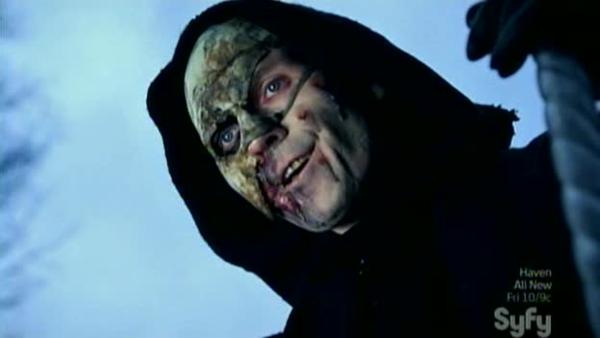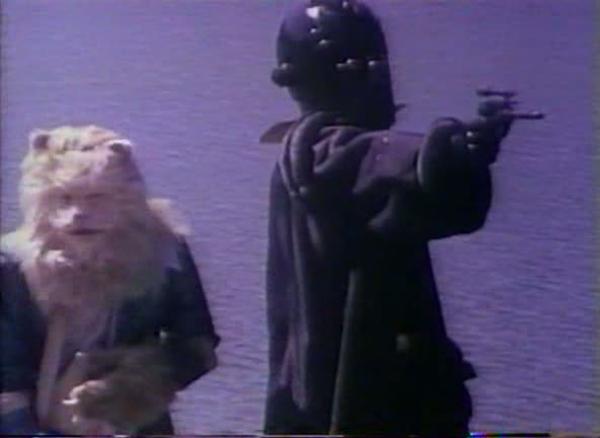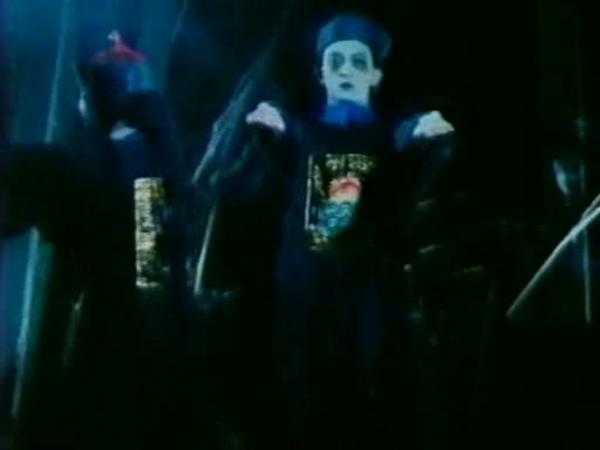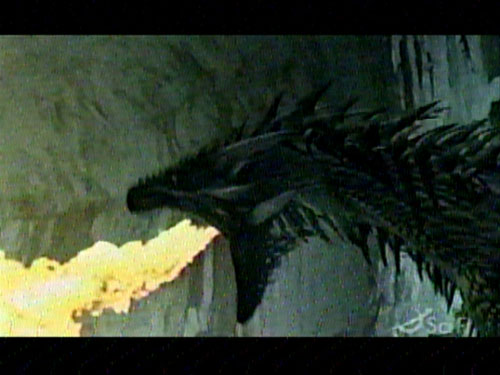Dungeons & Dragons: The Book of Vile Darkness
aka Dungeons & Dragons 3

2012![]()
Written by Brian Rudnick
Directed by Gerry Lively
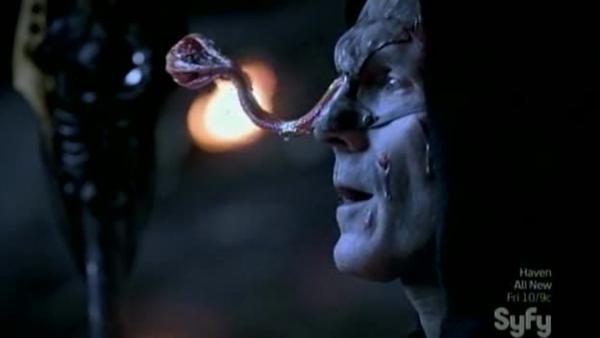 |
|
The horrors of Lasik!
|
Dungeons & Dragons: The Book of Vile Darkness. D&D: The Threequel. D&D: Chipwrecked. Known by many names, Dungeons & Dragons 3 still manages to become a SyFy original and pack in some fun. While there is no comparison to big budgeted blockbusters where characters slice down armies of orcs, for a small adventure things are peachy keen. +2 axe keen.
Where do we stand? Well, it is still a hell of a lot better than Dungeons & Dragons. But Dungeons & Dragons 2 is slightly more charming. That isn’t to say Dungeons & Dragons 3 isn’t good. It’s actually pretty entertaining. I would say it is equally as good as the second one, if only because they switch things up and have us follow around a gang of evil adventurers who aren’t afraid to slaughter innocent people and rob and kill each other. It’s the cool things like this that make you want to watch more films that follow around a bunch of amoral people. And it’s also how some of the funner D&D campaigns go, as your characters just loot, murder, and plunder the countryside while becoming the most powerful and the most wanted people out there.
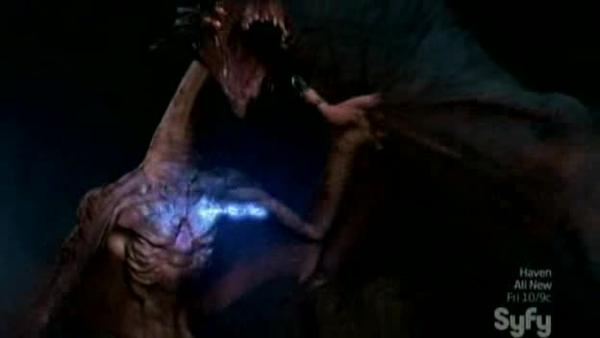 |
|
This dragon is ET!
|
We see the return of the director and writer of Dungeons & Dragons: Wrath of the Dragon God for this new installment, Gerry Lively and Brian Rudnick. Their familiarity with the subject matter and how to make a film that isn’t terrible helped save this franchise from becoming the gigantic joke the original installment made it. The Book of Vile Darkness is an actual book for D&D as well as being an item in the game. The book was controversial upon release, as it was the first D&D book for mature audiences and some claimed it validated the old complaints about Dungeons & Dragons being evil. Others were a bit more rational with their reception.
In the film, each character gets effects and has their own motivations for why they are doing what they are doing. Some have tragic back stories, some are just in search of interesting lives, and some are just giant dicks. Akordia has neat effects where she can teleport her hands to far away to do things, which are put to great use like when she needs to slap Grayson for being an idiot again. It’s fun seeing how such powers would actually be used as opposed to just them being used in random battles. There is some great flavor, and some neat concepts for some of the monsters, particularly the very creepy undead child, and the disturbing evil Lord who has his mouth sewn shut, but still speaks through his chained twin female slaves.
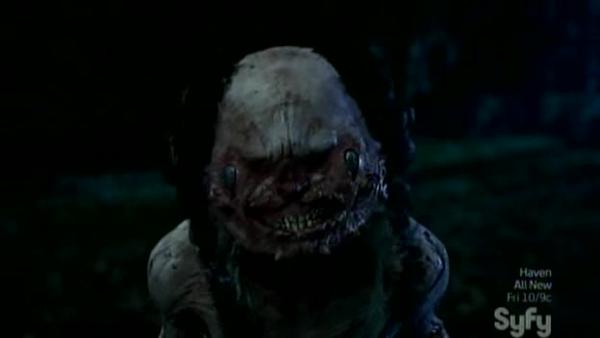 |
|
Mrs. Gollum!
|
Grayson’s quest to save his father and thus save the world forces him into positions that betray the oaths he swore, but they are the only way to do the job of saving the world. Grayson’s choices (and eventual reveal as being way more powerful morally than his father because he compromises on his principles) is an interesting story branch, and makes you wonder how it plays out in a grander scheme. Do Grayson’s choices to kill people and ally with bad men equate with some of the awful things the US does on its War on Terror? Is this like a Jack Bauer situation, in that Grayson truly doesn’t have another alternative? Grayson does do bad things, but they are done to bad people who are planning to do even worse things. In a matter of principles, his hands aren’t as dirty as they might be, but to the values that the Knights he belong to, he doesn’t measure up to the oaths. But that doesn’t matter, as his commitment and character is what activates his magic amulet, something more pure members of the Knights were never able to do. Following the Dungeons & Dragons alignment system, Grayson moves from Lawful Good to Chaotic Good, but he never really steps outside of the good sphere. So it isn’t an abandonment of the Good principle, even if he isn’t the pure Lawful Good he wanted to be.

|
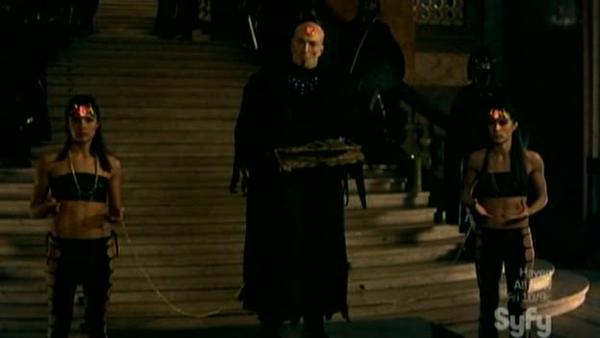 |
|
The worst modern dance ever.
|


